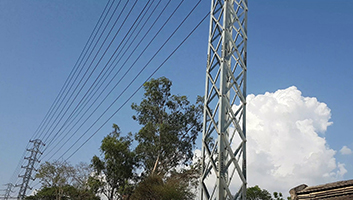No Search Result
Connect with us by clicking on one of the following options.
 Sales Enquiry Visit Contact Page
Sales Enquiry Visit Contact Page Grievance Officer grievance_officer@raychemrpg.com
Grievance Officer grievance_officer@raychemrpg.com Other Enquiry info@raychemrpg.com
Other Enquiry info@raychemrpg.com Chat with Us Mon. to Sat. 9am to 6pm
Chat with Us Mon. to Sat. 9am to 6pm
-

-
Your List Is Empty
- View Products
CASE STUDY – ENERGY
14 October 2021
Raychem RPG
Background: Kahramaa (Qatar General Electricity and Water Corporation), established in July 2000, regulates and maintains supply of electricity and water for the population of Qatar. Kahramaa is the sole transmission and distribution system owner and operator for electricity and water sector in Qatar. In line with Qatar National, Kahramaa continues its transformational journey for development of electricity and expansion of its network to meet the rapidly growing demand. The expansion of electricity's main transmission network led to increase in number of primary substations. This development coincided with demand for connections to major projects such as (Lusail City, Metro project, New Port, and 2022 World Cup Stadiums) leading to a very large requirement of substations. The transmission network integrated a new solar production plant to comply with Qatar 2030 vision in two phases, with the first launch in 2021 with capacity of 350 MW and the second to be completed by 2022 with a total capacity of 700 MW. Challenge: The maximum network load increased from 941 MW in 1988 to 8600 MW in 2020. The project involved establishment of new substations for different voltage levels, from 220kV to 66kV, as well as carry out modification on existing substations. Higher cross section conductors were required in the projects to cater to increased equipment/complex connections and higher current load. It required better conductivity and bonding between metal surfaces and permanent connections without involving many mechanical components. Solution : Raychem RPG provided the solution by designing conductors with higher cross sections for high current loads, better conductivity and permanent bonding between metal surfaces with exothermic connection. 132/33KV Substation with Air terminals and Down Conductors installed



